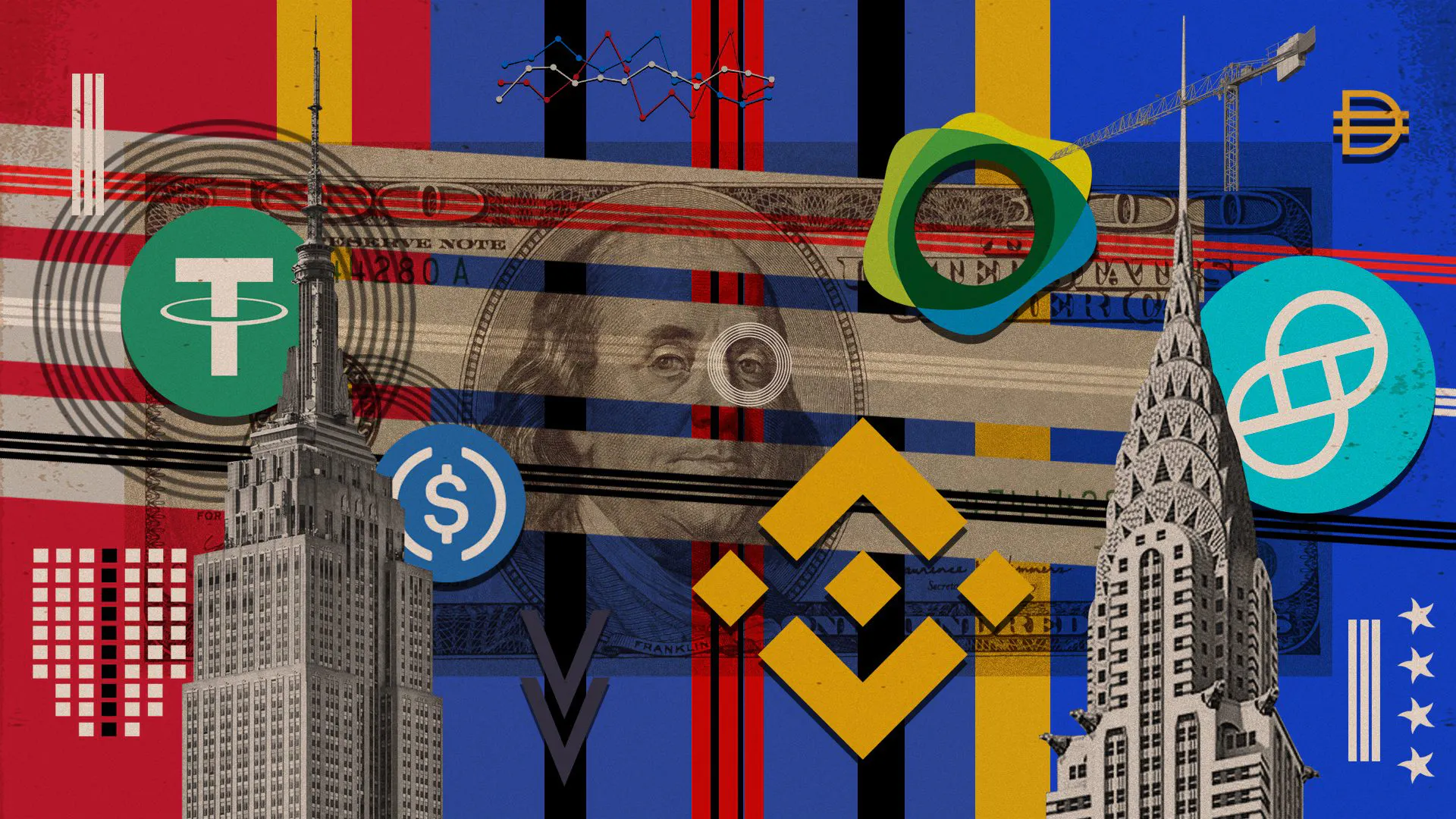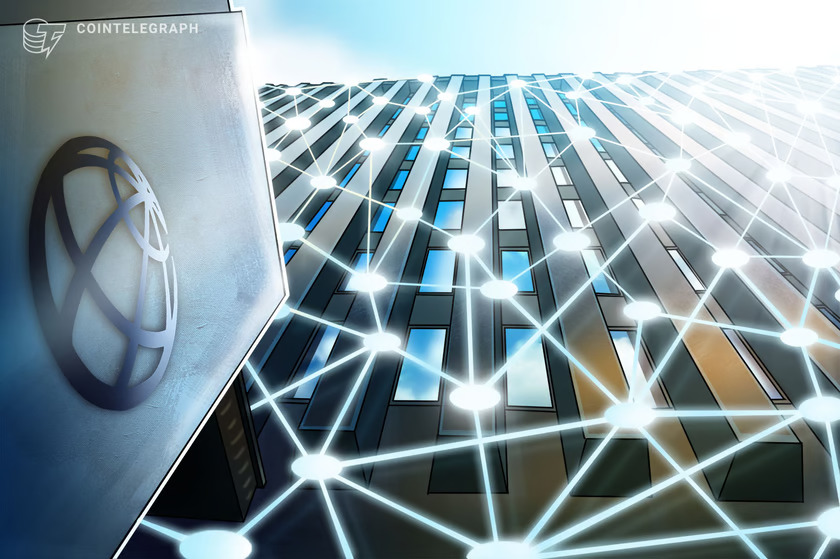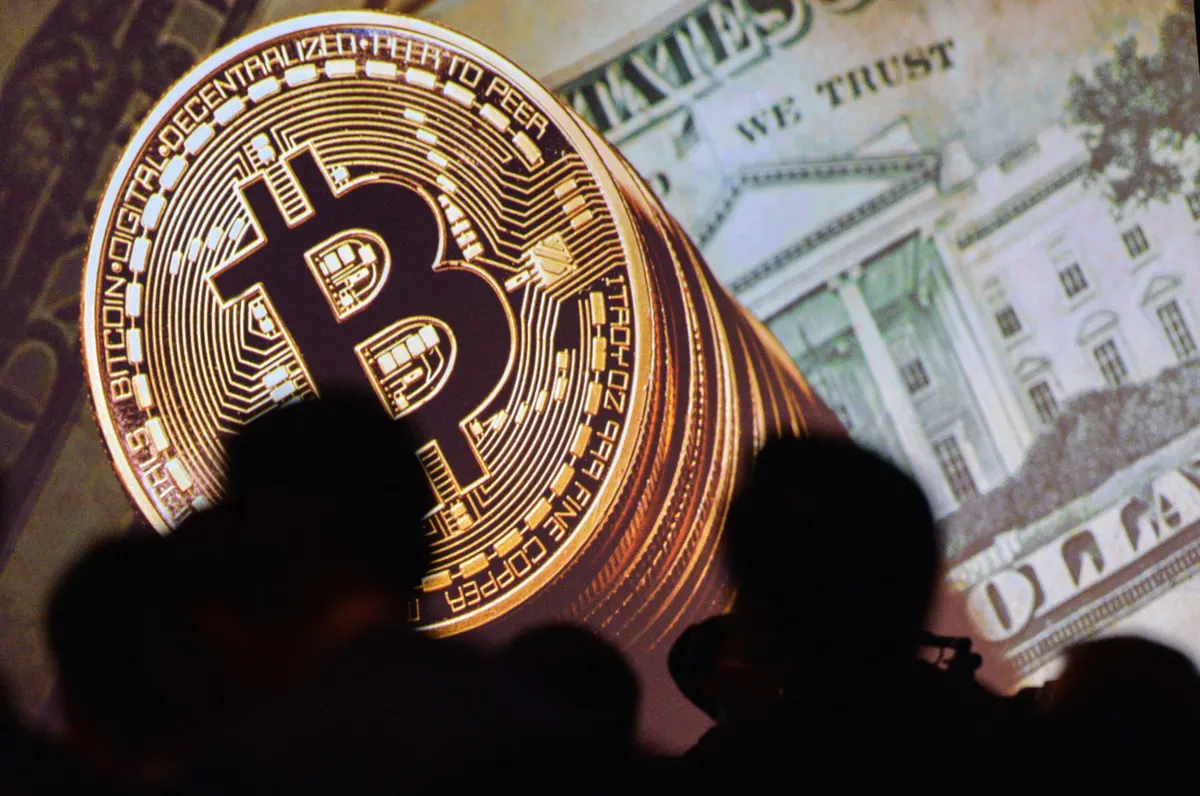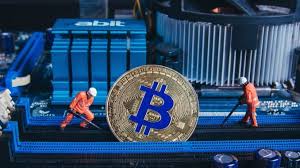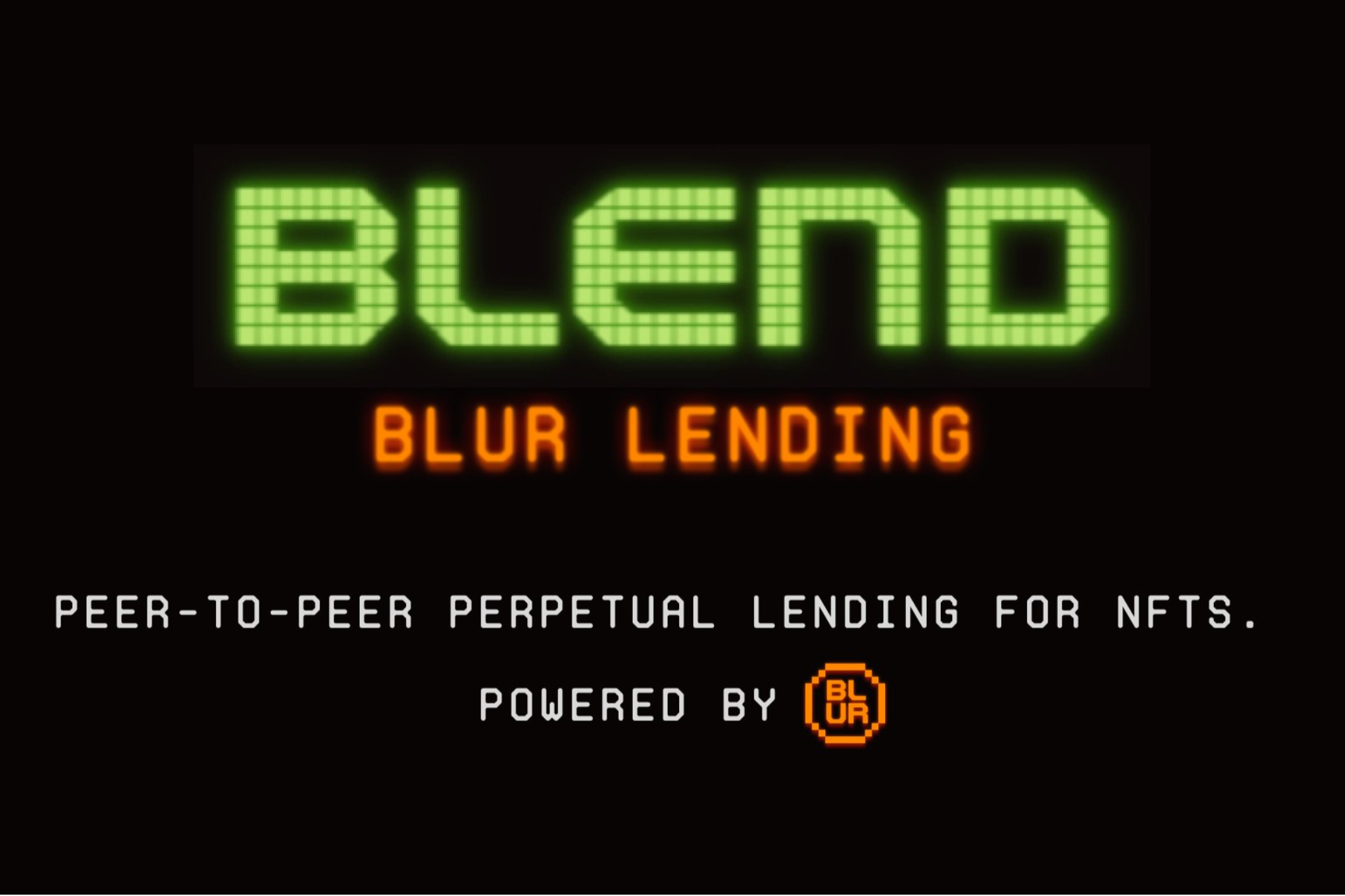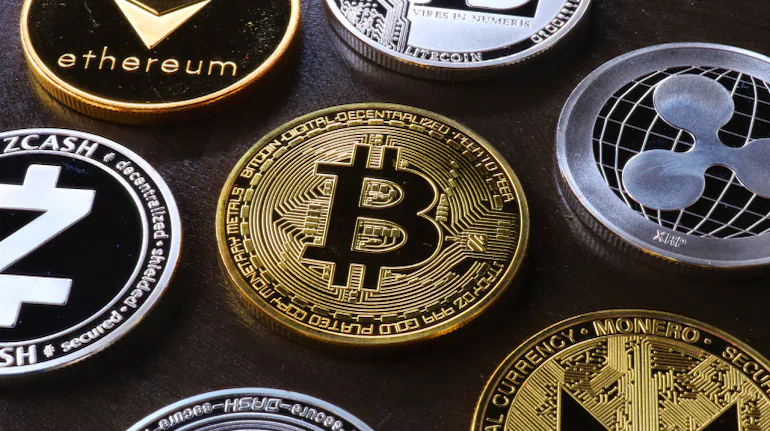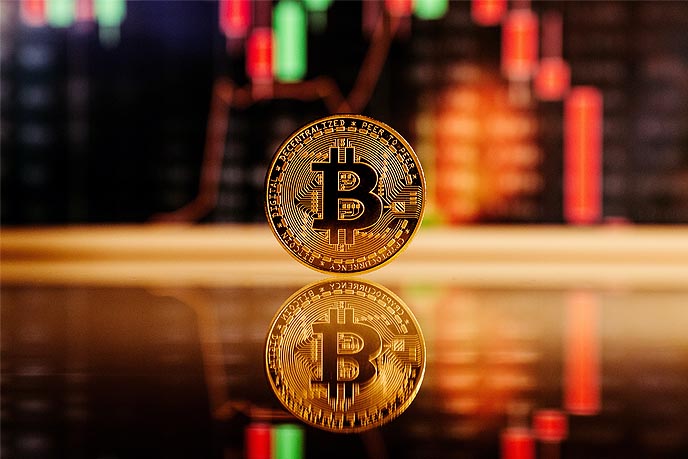Crypto Artists and Investors Trust NFTs to Transform the Art Industry
Crypto Artists and Investors Trust NFTs have the potential to transform the art industry in a number of ways.
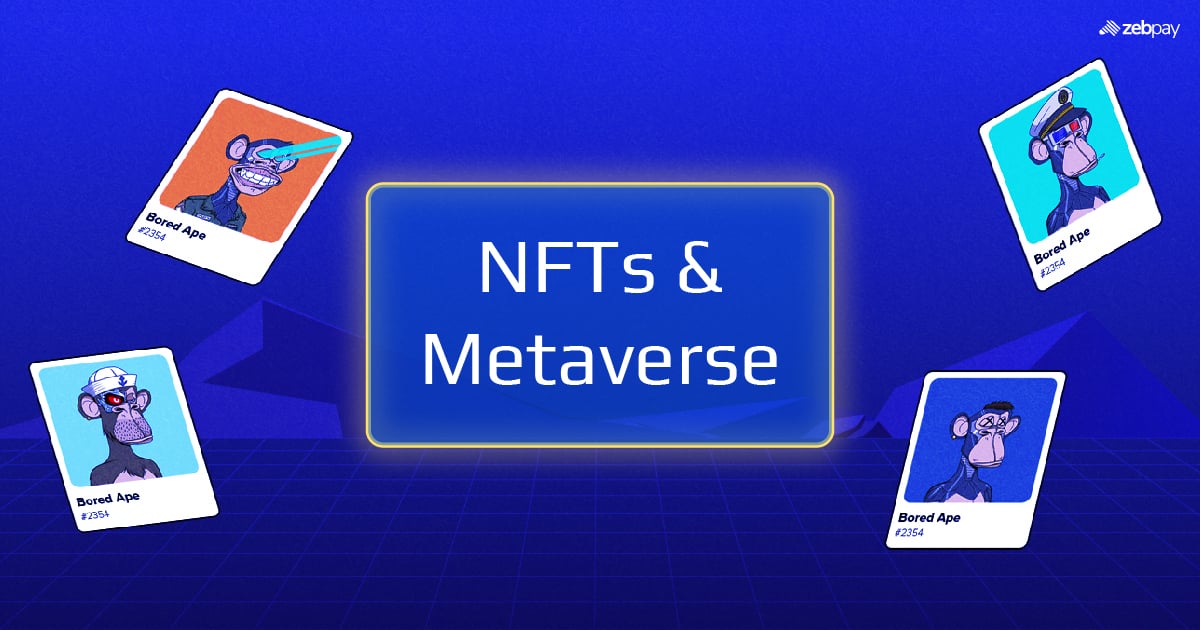
Non-fungible tokens (NFTs) are digital assets that are unique and cannot be replaced. They are stored on a blockchain, which is a distributed ledger that records all transactions. NFTs have taken the art world by storm in recent years, with some digital artworks selling for millions of dollars. Crypto artists?and investors believe that NFTs have the potential to transform the art industry in a number of ways. First, NFTs can help to democratize the art market by making it easier for artists to sell their work directly to collectors. Second, NFTs can help to reduce fraud in the art market by providing a secure and verifiable way to track ownership of artworks. Third, NFTs can open up new markets for digital art and create new opportunities for artists to monetize their work.
How NFTs are democratizing the art market
In the traditional art market, artists often rely on galleries and auction houses to sell their work. This can be a difficult and expensive process, and it can be difficult for emerging artists to get their work seen by collectors.
NFTs make it possible for artists to sell their work directly to collectors without the need for intermediaries. This gives artists more control over their careers and allows them to keep a larger share of the proceeds from sales.
How NFTs are reducing fraud in the art market
Fraud is a major problem in the art market. Counterfeit artworks and forged certificates of authenticity are common, and it can be difficult for collectors to verify the authenticity of artworks.
NFTs provide a secure and verifiable way to track ownership of artworks. When an artwork is tokenized, the NFT is stored on a blockchain, which is a tamper-proof record of all transactions. This makes it very difficult to counterfeit NFTs or forge ownership records.
How NFTs are opening up new markets for digital art
The traditional art market is largely focused on physical artworks, such as paintings and sculptures. However, there is a growing demand for digital art. NFTs make it possible to buy and sell digital art in a secure and verifiable way.
This has opened up new markets for digital art and created new opportunities for artists to monetize their work. For example, artists can now sell limited-edition NFTs of their digital artworks, or they can create NFTs that give collectors access to exclusive content, such as behind-the-scenes videos or early access to new releases.
Investment opportunities in NFTs
Investors are also interested in NFTs because they see them as a new asset class with the potential to generate high returns. The NFT market is still relatively new, but it has grown rapidly in recent years. In 2021, the NFT market reached $25 billion in value, and it is expected to continue to grow in the coming years.
There are a number of ways to invest in NFTs. Investors can buy and sell NFTs on marketplaces, such as OpenSea and Rarible. Investors can also invest in NFT projects, such as Decentraland and The Sandbox. These projects are creating virtual worlds where people can buy, sell, and use NFTs.
Challenges facing the NFT market
The NFT market is still relatively new, and it faces a number of challenges. One challenge is that the market is fragmented. There are many different NFT marketplaces, and each marketplace has its own rules and regulations. This can make it difficult for investors to buy and sell NFTs efficiently.
Another challenge is that the NFT market is volatile. The prices of NFTs can fluctuate wildly, and there is a risk of losing money when investing in NFTs.
Crypto artists and investors believe that NFTs have the potential to transform the art industry. NFTs can help to democratize the art market, reduce fraud, open up new markets for digital art, and create new investment opportunities. However, the NFT market is still relatively new and faces a number of challenges.
Additional thoughts on the future of NFTs in the art industry
In addition to the benefits mentioned above, NFTs also have the potential to change the way that art is created and experienced. For example, artists can now use NFTs to create interactive artworks that allow collectors to participate in the creative process. NFTs can also be used to create new forms of digital art, such as virtual reality galleries and augmented reality sculptures.
Overall, the future of NFTs in the art industry is very promising. NFTs have the potential to revolutionize the way that art is created, sold, and collected.
What's Your Reaction?








